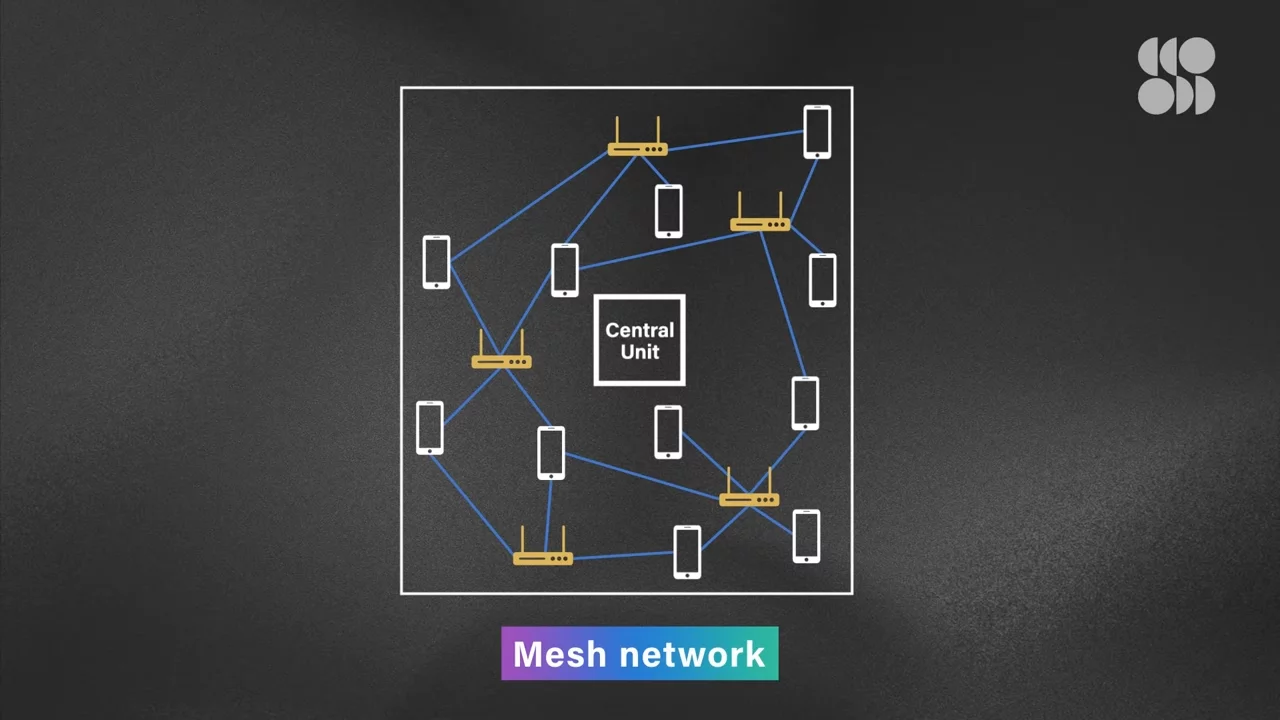In 2019, after years of waiting, 5G wireless networks and devices finally became a reality. And even then, it took some time for the technology to become widespread, well, widespread in some parts of the world, like the US and China. But now, at last, I can look at my phone screen and see a little 5G icon in the corner and, feels good.
Now to state the obvious, 6G doesn’t exist yet, but that doesn’t mean people aren’t already thinking about how to make it a reality. 6G, short for the sixth generation of wireless technology, promises to be incredible. The numbers that get thrown around when industry leaders theorize about what it could do are mind-boggling. Numbers like download speeds up to a terabyte per second, and latency as low as 0.1 milliseconds.
Basically, the idea is that devices will be able to move a ludicrous amount of data with almost no delay. And that’s great news if you’re a mobile gamer and lag keeps losing you matches.
The possibilities 6G opens up are truly in the realm of sci-fi. A 6G network could support life-sized holograms, finally making it possible to send a distress call to Obi-Wan Kenobi. Or it could be how chips implanted in our brains communicate with other devices, like artificial limbs or remotely controlled avatars in dangerous environments. It could connect a web of smart devices, and not just a phone and a smartwatch and maybe augmented reality glasses.
One vision of the 6G future imagines flexible screens all over the place, from tables to clothing to water bottles. Each of these little devices wouldn’t just use the 6G network to function, they might in fact make up the network itself. Rather than the system we use today where our phones connect to towers in a hub and spoke model, each of these little smart devices could be a node in a mesh network.  Their proximity to each other and ubiquity would make it possible to send data at terahertz frequencies, which can’t travel very far.
Their proximity to each other and ubiquity would make it possible to send data at terahertz frequencies, which can’t travel very far.
Experts think because of how much unused bandwidth is available in this Terahertz range, it’s going to be the secret sauce that makes all this 6G goodness possible.
But that’s pretty much the only thing we're sure of at the moment, because work to explore the possibilities of 6G is in its very early stages and the technology isn’t expected to arrive until about 2030. Heck, the standards for 5G were only just hammered out.
Like 6G, 5G requires the use of much higher frequencies than older networks to meet its potential. 5G uses, or at least plans on using, the 24GHz to 100 GHz range. These frequencies have wavelengths measured in millimeters and can enable download speeds as fast as multiple gigabits per second. But the same frequencies that make shifting that much data possible, don’t travel very far and can be blocked by windows or even leaves on a tree.
Because of this and our unwillingness to get rid of all windows and trees, millimeter wave networks have only been deployed in dense urban areas where they provide the most return for the cost of installation, and even then they only cover tiny patches.
One report from the first few months of 2021 found that users of America’s big 3 networks with compatible phones were getting the most out of 5G just 0.5 to 0.8 percent of the time. The rest of the time they’re getting performance that’s almost identical, or sometimes slightly worse, than 4G.
So, if implementing mobile technology that operates at a 100 gigahertz maximum has been slow-going so far, you can imagine the hurdles that will arise when technology that uses Terahertz frequencies is introduced. But that’s far in the future. Mobile phone circuitry that can even use this spectrum doesn't exist yet. Neither do the mathematical models for how to best route data through a mesh network.
For telecom companies, 6G is still a distant problem that they’re not too focused on while they race to deliver on the promise of 5G right now. And when the day finally comes and all the ads for phones and carriers have a giant 6 emblazoned across them, just remember how 5G was an incremental change at first and be ready for the next generation to follow the same pattern. If you want to know how we got to 5G, check out Amanda’s episode on it here. So, what about you? Have you noticed a difference in 5G yet?


No comments yet